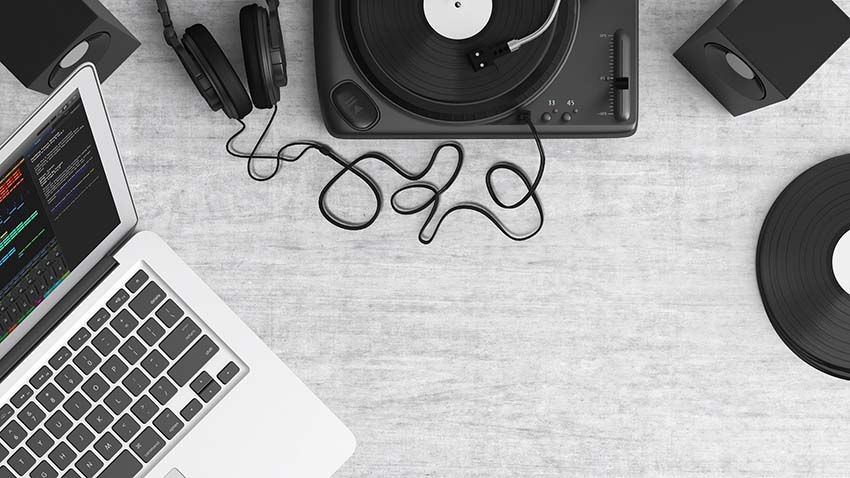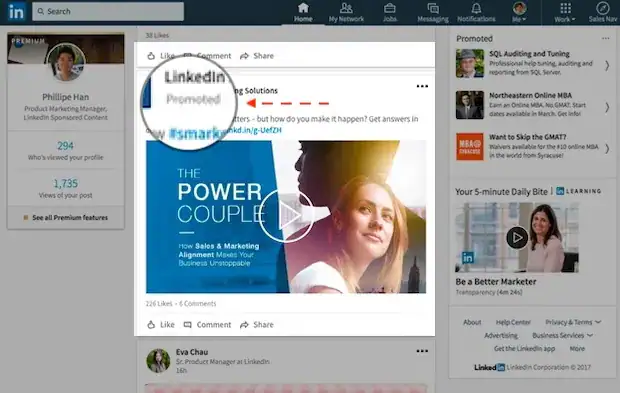Video Podcast Equipment: What You Need to Get Started a Podcast Video?
Video podcasts are the same as regular podcasts or audio podcasts but in video format. The podcast is known as video casting or podcasting and comes in a downloadable option rather than streamed. What's more, video is considered to be more social and connecting to people more, and that is why the number of viewers is always more than the number of listeners. If you want to record a podcast video, you need more tools, unlike audio podcasts. Video podcast tools can be online software or even equipment like a camera, microphone, etc.

 Secure Download
Secure Download Secure Download
Secure DownloadTop 9 Non-Live Video Podcast Equipment
There are many types of equipment used to make video podcasts, sometimes for live recording and sometimes not. Usually, podcasts come in a downloadable format without any streaming, so you need to know about the Non-Live Video podcast equipment. These equipment are pretty necessary yet have massive importance on the whole process. You can start recording your video podcasts with these video podcast equipment kits anytime and anywhere you want. Here is some the Top 9 Non-live Video Podcast list of requirements with the description given below:
1. Camera:
Whenever you think of taking or recording a video, the camera is the must-have equipment you should have. A camera lets you record in the finest quality available. With pixel, perfect resolution, and steady video with no flux camera, provide the viewers the ultimate visual satisfaction. You can use an SLR, DSLR, or any other camera for video recording for your podcast. However, try to avoid using action cameras like Hero Go pro, as it has a broader lens to capture outdoors with a 360-degree view. In contrast, podcasts are usually recorded in small soundproof rooms.
2. Memory Card:
After the camera comes to the memory card, the smallest yet crucial part, the memory cards consist of 32 GB to 64GB of expandable memory to save all the camera recordings. Usually, the camera has two slots for memory cards, which you can use together are alternatively. Memory cards are small, portable, and affordable. You can use multiple cards to manage your videos and memory. Try to keep them in place, so you don't lose your footages. Memory card the only medium between the camera and the computer (in case you cannot use the USB cable).
3. Tripod:
The camera needs to be handled with care to produce jerk-free stable videos. To do that, you need a talented Videographer, or you can use a tripod. Tripod is a support tool with three stands where you can fix your camera on the top. Adjust your camera height, movement, pan, and stability to record your video from the required angle. Usually, a person behind a camera can help you a lot, but a tripod can help you out of hands if you are out of hands. You can just put the camera on the tripod and start recording from your preferable angle with a static frame.
4. External Microphone:
Usually, computers, especially laptops, have their inbuilt microphones. However, it doesn't have a good range or capacity and produces grainy sound. To get that noise-free supreme sound clarity, you need to attach an external microphone. External microphones not only have ASMR like audio but help to record your audio better with each sound effect. By keeping your voice closer and further to the microphone, you can create depth through your voice. This is one of the vital installations you need.
5. Audio Interface:
Audio interfaces are small radio-like devices with soundcards that provide input and output audio signals from the computer and externally. It enhances your sound quality by giving it a brighter and open dimension. Adjust your audio quality and change its frequency as per your requirement. It gives your audio a surrounding effect for listening. So that a listener or viewer gets to listen precisely what it sounded like while recorded, as fresh as that, this is more like a filter between your computer and the microphone.
6. Audio Mixer:
An audio mixer helps combine, process, and monitor the audio while recording. You can manipulate the audio and get a usual result which you were looking for. All the effects and environmental sounds can be added to give it a real touch. You can also change and edit your voice tone and frequency, depending on the story's different characters or their activity. This usually comes in both digital and analog form. You can fade the audio or intensify it and even add transitions in between to create audiovisually pleasurable content.
7. Computer:
The computer is the mastermind of this whole process. No matter what you do in modern life, almost everything can be done through a PC or computer. In this case, the computer is the base where every other device is connected. It works more like a control panel where you can monitor everything and make small changes according to your requirement. Any basic computer is good for this process but remember every time you include a device or software. It puts your system into stress. Try to use a computer with standard or high configuration to work lag-free and efficiently. Keep it bug-free to avoid any data loss or software malfunction.
8. Video Recording/Editing Software:
Now comes the part where we don't talk about any physical equipment or hardware, preferably a software that works on a computer. When you are done with all the audio and video components, you need a video recording/editing software that will help you complete the process. This is the part of post-production. You create the video clip by arranging, merging, editing, cropping, maintaining color balance, and every other minute details that make your podcast with a video look like a finished product. Visually aesthetic and not too clumsy. You can try to use any all-in-one video editing tool like Democreator, for this purpose.
9. Internet Connection:
Even though we are talking about non-live equipment, we need the internet in every aspect. Not to go live but to create the podcast to video from the beginning. Without the internet, you cannot connect all the devices. To download and use the software (if and online video editing tool), you need the internet. Besides, we all do quick researches for our assignments. Likewise, it would help if you had a stable internet connection to do your researches and keep the process smooth. In case you want to save your work in progress into some cloud storage, your internet as well.
DemoCreator is one of the most convenient and easy podcast video maker compatible with Windows OS, and Mac (soon). You can capture and record videos from your computer screen or even webcam of presentations, tutorials, gameplays, online classes, or any other video. It is a free podcast video setup tool that efficiently uses your audio and video components. The DemoCreator podcast recorder saves a lot of time and money as well. The computer's required configuration is pretty less, too, so you don't need a costly higher configured computer to access this and make video podcasts, unlike other podcast video equipment. If you find an answer to your question on how to do a video podcast, then here's your answer.
Why DemoCreator?
Wondershare Democreator, with its advanced features, provides all the necessities that you need to create video podcasts. With this versatile video editing tool, you can do all the work without even buying all that equipment. It's an all-in-one software and all-in-one video podcast kit. Let's go through its unique features:
- It is entirely free and gives access to anyone with a wondershare ID. The perpetual license (tech support, No watermark) also comes with $47.99, which is pretty cheap if you consider for a lifetime.
- Screen record and Webcam recording come in handy when you are looking to make a video podcast. You start by "capture' and then use your webcam as your camera to record.
- It automatically removes black bars (in any) and saves your work in progress by default. You don't need to worry about multiple memory cards to keep your work.
- Set resolution and speed (frame per second) to get high-quality output or your videos.
- The podcast video software captures sound internally and externally as in screen recording sound and microphone sound both. You can edit them as you want, so you might need an extra equalizer or mixer to create the sound effects.
If you want to start s podcast video, I think you may begin to learn about Wondershare DemoCreator Screen Recorder first!






